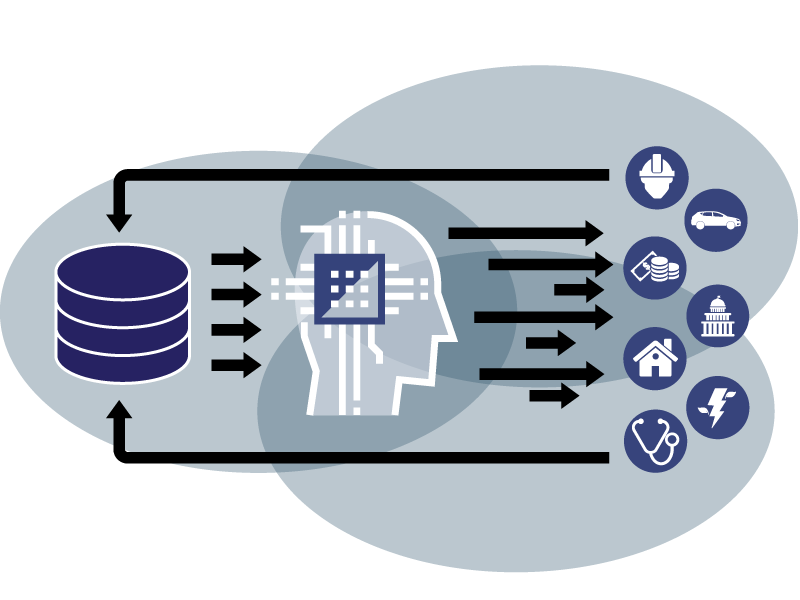We separated this year’s disruptive tech trends into two categories: Core – deep tech that is the basis of a lot of the disruption – and Contour – the implications and applications of those Core technologies. Leading the former group is AI Enablement. AIs need data, ways to acquire that data, and tasks to attack, based on learning from that data — then iterating with feedback to improve even more. When we introduced this trend over a year ago, we predicted the flood of AI-related deals that followed; and you don’t have to be a deep tech company to benefit. This continuing thirst for AI-driven applications drove M&A in 2016 — not just for core AI capability, but around big data and analytics.

Examples span nearly all application areas. In Business Intelligence, Salesforce acquired BeyondCore for $110M. Oracle acquired Crosswise for $50M to enhance mobile tracking for advertising. In retail forecasting, Infor spent $125M on Predictix, while LinkedIn bought AI-powered recruitment engine Connectifier for $105M. IBM’s Watson, which kicked off this trend, capped its healthcare buying spree by adding “200 million lives” worth of data via Truven, for $2.6B.
All technology companies should consider the role of AI in their offerings, possibly building AI tools into your solutions—but your optimal value may come from providing data, framework or feedback to enable an existing artificial intelligence.
Check out what Salesforce and IBM had to say when they joined our Luminary Panel on January’s Forecast 2017 webcast, and keep an eye out here for the rest of our Top 10 Disruptive Tech Trends of 2017.
